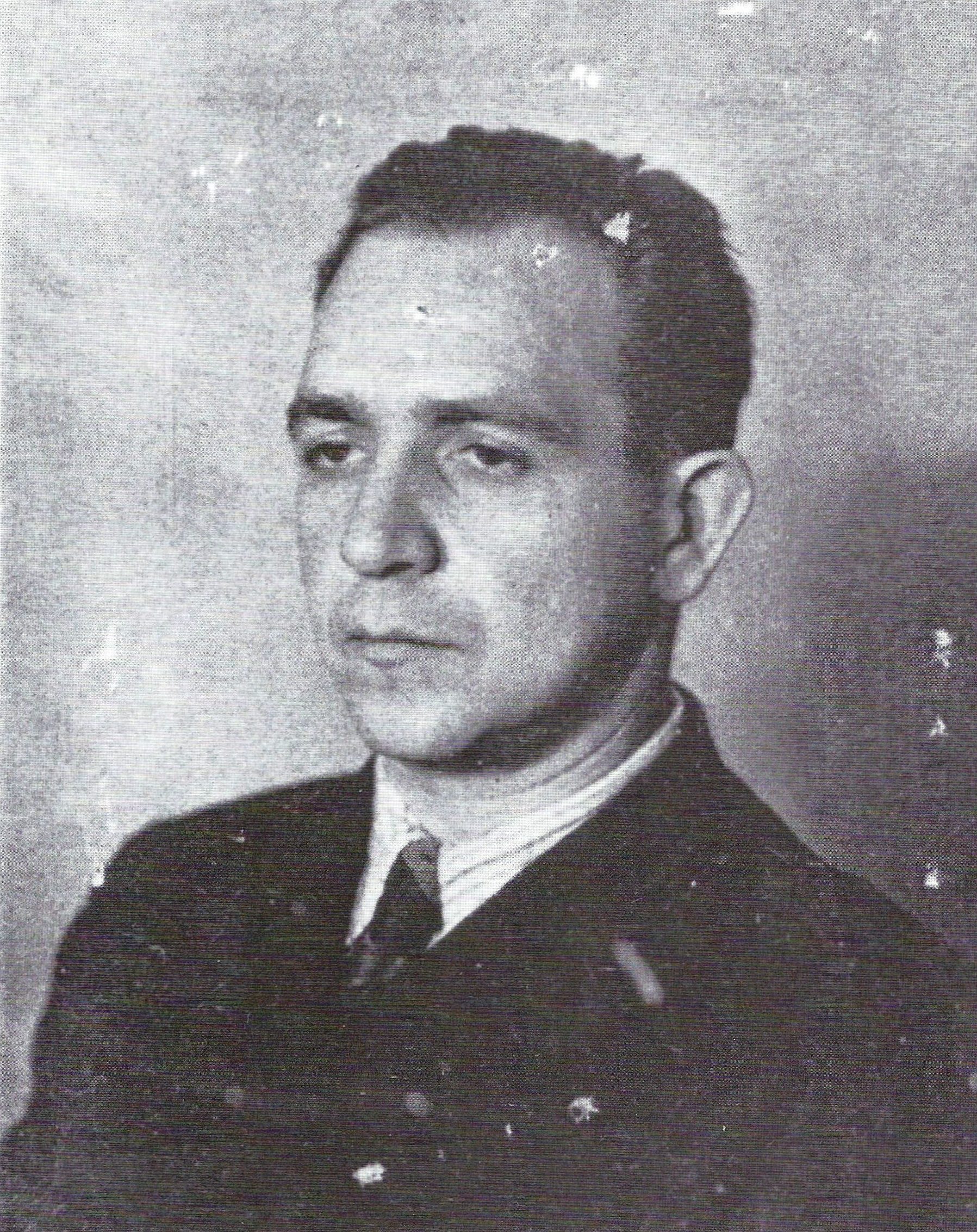
There is an unusual grave among the many American soldiers buried at the Ardennes American Cemetery and Memorial: a German civilian. How, and why, is a German civilian honored among American soldiers? History does not always sufficiently remember that not all the inhabitants of the aggressor countries during the Second World War were supporters of the regimes in power.
Before the Nazi Party came to power, Kurt Gruber was a member of a coal-mining workers’ union in the industrial Ruhr region. This union was affiliated with the German Communist Party. In the years before Hitler’s election as chancellor, public clashes between members of the Nazi Sturm Abteilungen and members of the Communist Party were frequent. From 1933 on, the situation of members of opposition parties to the Nazi-led government became critical. The risk of being arrested or quietly eliminated was a constant threat. So like many of his comrades, Kurt Gruber fled abroad.
After a long journey through the Czech Republic and Poland, with the Nazi threat at his heels, he finally settled in the United Kingdom. There, he met up with other members of political parties banned by Hitler. These Germans exiled in 1939-45 met in a group called the “National Committee for a Free Germany” (NKFD). In 1944, the war efforts against the Axis reached their peak. The need for new and reliable sources of strategic intelligence was felt within the Allied forces. The U.S. Office of Strategic Services (OSS) approached some members of the NKFD and told them of this need.
Among the missions that volunteers could undertake from this movement, one was particularly bold and dangerous. The TOOLS mission was to send volunteers back to Germany, to their home region. The aim was to collect information about troop movements, stocks of basic necessities, the state of the transportation network, the effect of Allied bombing on the morale of the population, the production of war industries, and other data of strategic or tactical importance. The agents were trained for this mission and parachuted individually or in pairs into the areas concerned. Kurt Gruber was one of the brave volunteers among the Germans exiled in 1939-45, ready to sacrifice their safety and expose themselves to the risk of being unmasked by old acquaintances. Moreover, he could have been easily killed by the regime in place.
Most of these missions were successful, but Kurt was less lucky than his comrades. On March 19, 1945, the parachute drop that had been postponed several times was scheduled as an emergency. The plane provided to the crew was coming out of an incomplete overhaul. It had received a guidance system for a low-level flight that differed from the one usually used. Despite the strong reluctance of the pilot and the navigator, but the flight was still ordered. Unfortunately, it never reached its destination. The accident resulted in the death of Kurt Gruber, three senior airmen (1st Lieutenant Oliver Emmel, Major John Walsh, and Major Edward Tresemer), and a Marine Corps Sergeant, Frederic Brunner. He was also a trained and skilled agent, a member of the OSS, and a veteran of other missions.
Today, Kurt Gruber, Major Tresemer, and Platoon Sergeant Brunner are all buried in the Neuville-en-Condroz American Cemetery.
Do you have information about events experienced by your family during the world wars? By sharing your story, you will enrich our “Drawing inspiration from heroes” section.